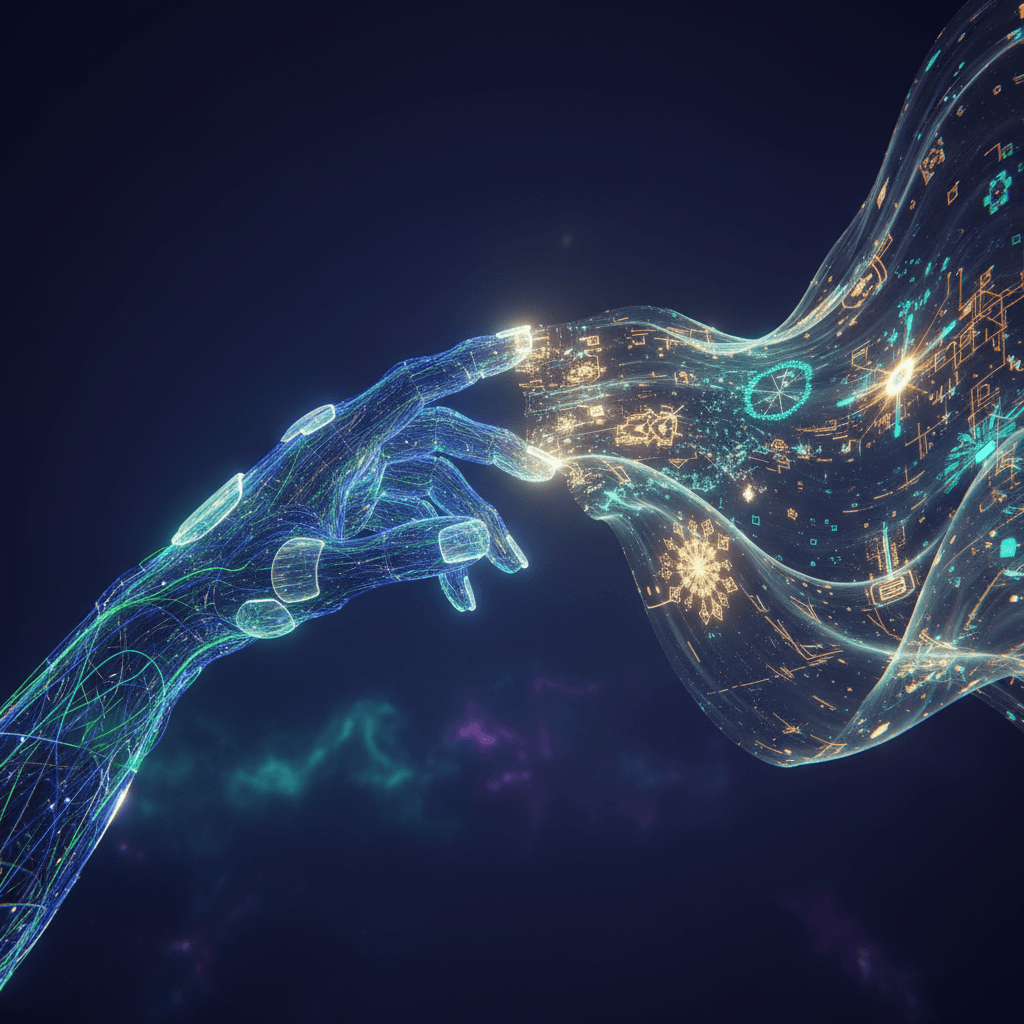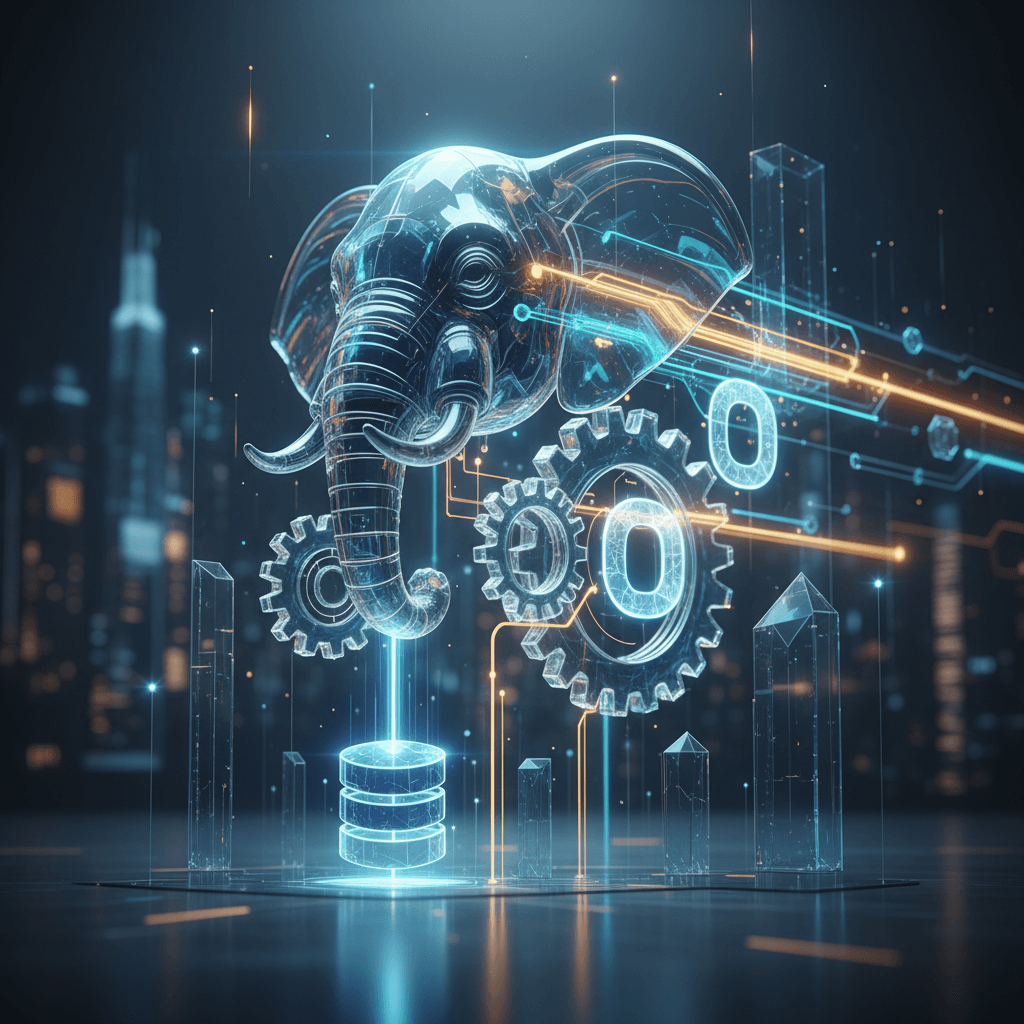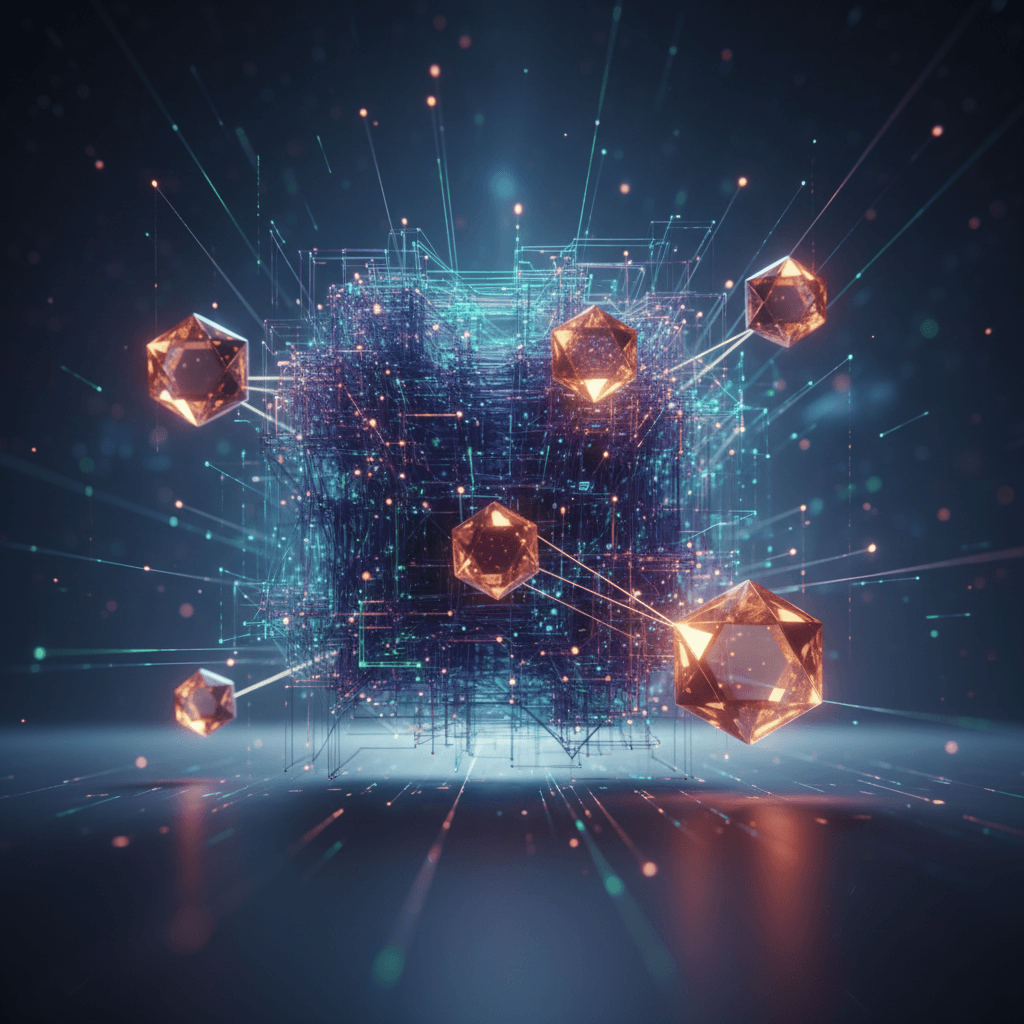Introduction
Artificial intelligence (AI) is rapidly evolving, and one of the most exciting developments is the emergence of agentic AI. Unlike traditional AI, which primarily performs tasks based on specific instructions, agentic AI possesses autonomy, adaptability, and the ability to make decisions to achieve defined goals. This shift is profoundly impacting human creativity, offering new tools and possibilities for artists, designers, writers, and innovators.
This article will explore how agentic AI is transforming the creative landscape, examining its key concepts, practical applications, and potential future implications.
Why It Matters
The rise of agentic AI in creative fields is significant for several reasons. First, it automates repetitive and time-consuming tasks, freeing up human creators to focus on higher-level strategic thinking and innovative problem-solving. Imagine a graphic designer who no longer needs to manually resize hundreds of images for different platforms; instead, an agentic AI tool handles this automatically.
Second, agentic AI can generate novel ideas and solutions that humans might not have considered. By analyzing vast datasets and identifying patterns, these AI agents can suggest new directions, styles, or approaches, pushing the boundaries of creative expression. This is akin to having a tireless brainstorming partner who never runs out of ideas.
Finally, agentic AI fosters collaboration between humans and machines. It's not about replacing human creativity but augmenting it, providing creators with powerful tools to enhance their skills and expand their creative potential. This collaborative approach can lead to entirely new forms of art, design, and innovation.
Key Concepts
To understand the impact of agentic AI, it's crucial to grasp some key concepts:
Autonomy: Agentic AI can operate independently, making decisions and taking actions without constant human intervention. This allows it to handle complex tasks and adapt to changing circumstances.
Goal-Orientedness: These AI agents are designed to achieve specific goals, such as generating a marketing campaign, composing a piece of music, or designing a product prototype. They use various techniques, including machine learning and reinforcement learning, to optimize their performance and reach their objectives.
Adaptability: Agentic AI can learn from its experiences and adjust its strategies accordingly. This allows it to improve its performance over time and handle unforeseen challenges. For example, an AI agent designing websites can learn which layouts perform best based on user engagement data and adapt its designs accordingly.
Collaboration: Agentic AI is not meant to replace human creators but to work alongside them. It can assist with various tasks, provide feedback, and generate new ideas, allowing humans to focus on the more creative and strategic aspects of their work.
Practical Examples
Here are a couple of examples of how agentic AI is being used in creative fields:
Automated Content Creation: Imagine a marketing team needing to generate hundreds of variations of ad copy for A/B testing. An agentic AI tool can automatically generate these variations based on predefined parameters, such as target audience, keywords, and brand voice. The AI can then analyze the performance of each variation and optimize the ad copy for maximum impact, freeing up the marketing team to focus on strategy and campaign planning.
AI-Assisted Music Composition: A composer is struggling to find the right melody for a particular scene in a film. An agentic AI tool can analyze the scene's mood, tempo, and other characteristics and generate several melodic options that fit the context. The composer can then choose the best option or use it as a starting point for further refinement, accelerating the creative process and exploring new musical possibilities.
Conclusion
Agentic AI is poised to revolutionize human creativity by automating tasks, generating novel ideas, and fostering collaboration. While it's not about replacing human creators, it's about augmenting their abilities and unlocking new levels of creative potential. As AI technology continues to evolve, we can expect even more innovative applications of agentic AI in various creative fields, leading to a future where humans and machines work together to create extraordinary things.



